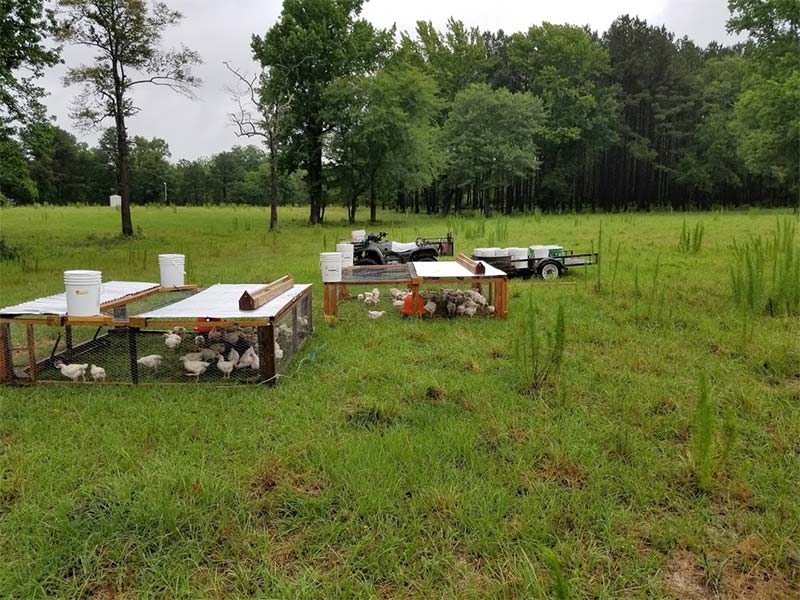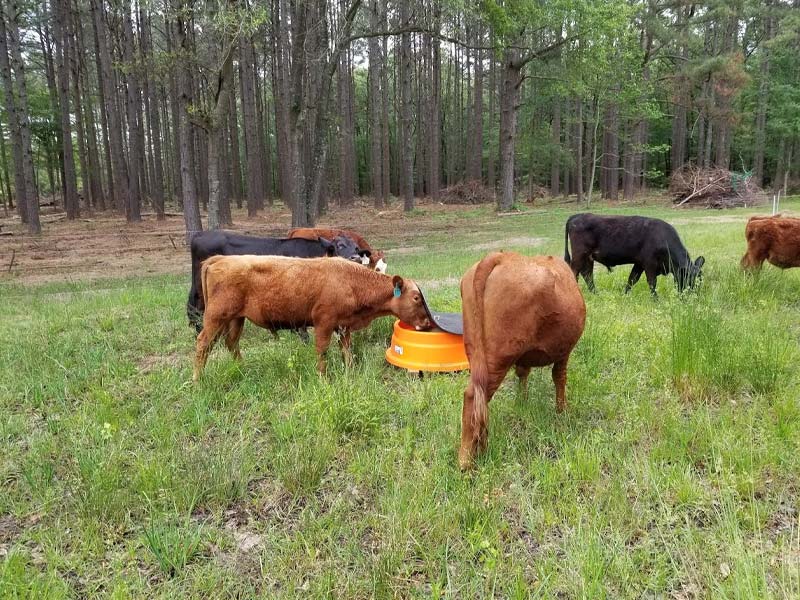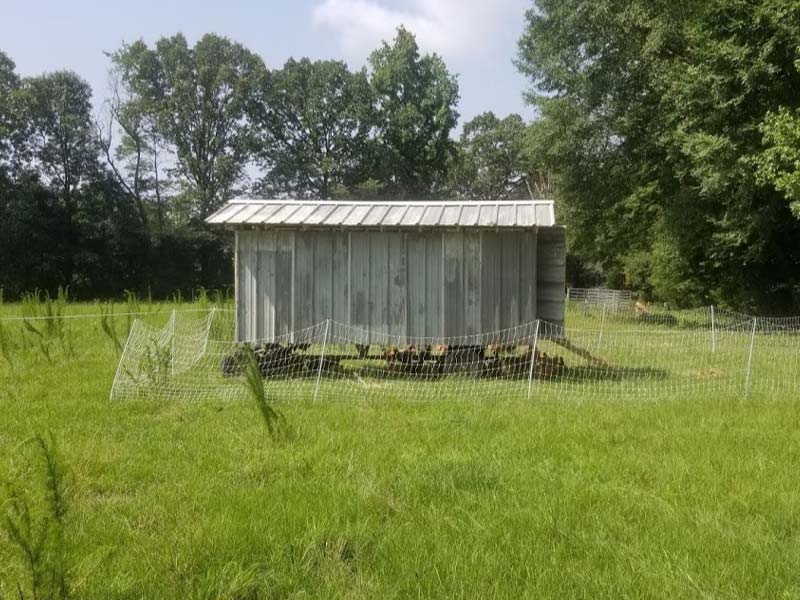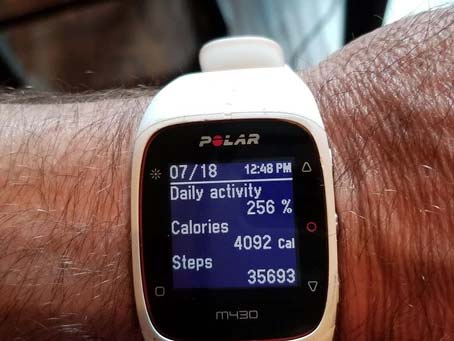Ever heard the saying “if you find something you love to do you’ll never work again a day in your life”? I don’t agree that you’ll never work again. I love the farm, but it’s work! And since animals are living, breathing beings, it takes work EVERY SINGLE DAY. They don’t take a day off from living, so we don’t take a day off from working. A good farmer cares for his farm every day of the year, or has someone helping care for it every day of the year.
I grew up on a large hog farm in north central Arkansas, and I believe, to this day, it is cared for every single day. Saturdays, Sundays, Christmas, Easter, ice storms, etc. It’s farming, and you have to love it.
During the summer I’m getting up at 5 a.m. For a couple reasons. 1, I want to avoid the hottest part of the day, but 2, I believe our livestock appreciate being cared for first thing in the morning. So I roll into the farm around 6 or 630 and I’m usually done by 8. Ninety hard minutes of doing what I love. There are days where it takes longer, and days where we do more than the daily chores, but every day there are roughly 90 minutes of everyday-chores.
Our farm is controlled by electric fence. First thing we do is power it down. Occasionally, I’ll try to work with it hot… I almost always get shocked. I’ve actually hit the electric fence with my face before, twice!
Then we move the broilers. Those are meat birds. That’s whats is in those long smelly chicken houses you see throughout Arkansas and some other states. We don’t farm that way. Ours live outside on green grass with sunshine and fresh air. Our broiler cages (sometimes called chicken tractors) are 8 ft by 8 ft by 2 ft tall and hold 45 birds each. Broilers don’t move much and thrive in the close company of others, just like cattle.
We fill the water buckets that feed the bell waterers, and we fill the feed troughs with our non medicated chick grower ration. We use the 4 wheeler to haul water and feed buckets. We used to carry them across the pasture… smh

Once the broilers are done we move to the cattle. We contain the cows with 1 small hot wire. Looks like a thin rope, and is an excellent psychological barrier. Every morning they move to a new patch of grass, anywhere from 1-2 acres, sometimes maybe not even 1 acre, just depends on the grass. We refer to these patches of grass as Paddocks. We’ll build five or so days worth of paddocks at a time, then we’re just moving a wire back, calling the cattle (coooome onnnn!), putting the wire back and their moved. They know the drill and immediately go to eating the new grass.
They have what we call Free Choice mineral. It means they get access to it all day. The mineral feeder is on skids and pulled by a rope. We just move it with the cattle every day. It has 2 compartments (really 3, but…). We feed kelp in one and salt in the other. Most farmers buy a mixed bag of minerals. Research shows that not to be the best approach in supplying minerals to your cattle. If they only need/want salt, or magnesium, or whatever, they have to take what they get when they lick the mineral. Kelp is 3-4 times more expensive than a mixed bag of minerals, but it’s well worth the price.

After the cattle are moved we head over to the mobile layer coop. We fill their feed troughs and water and collect eggs. People don’t believe us when we tell them our hens are worth $100 each, but that’s how much they’ll produce in eggs over a 2 year period. Production will decrease after their 2-year mark, and we’ll sell them to someone looking to start or add to their coop. Our breed of hens is very friendly and lays a fantastic light brown egg. And no, they’re not Rhode Island Reds.

